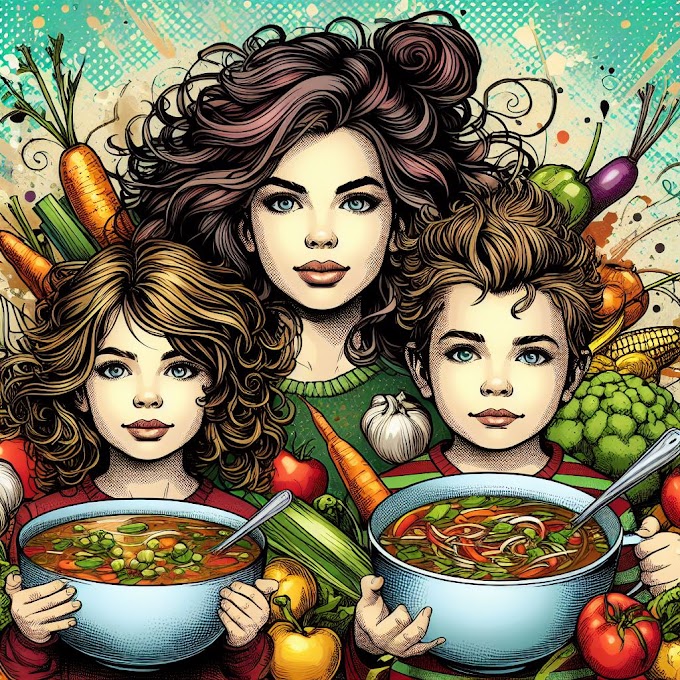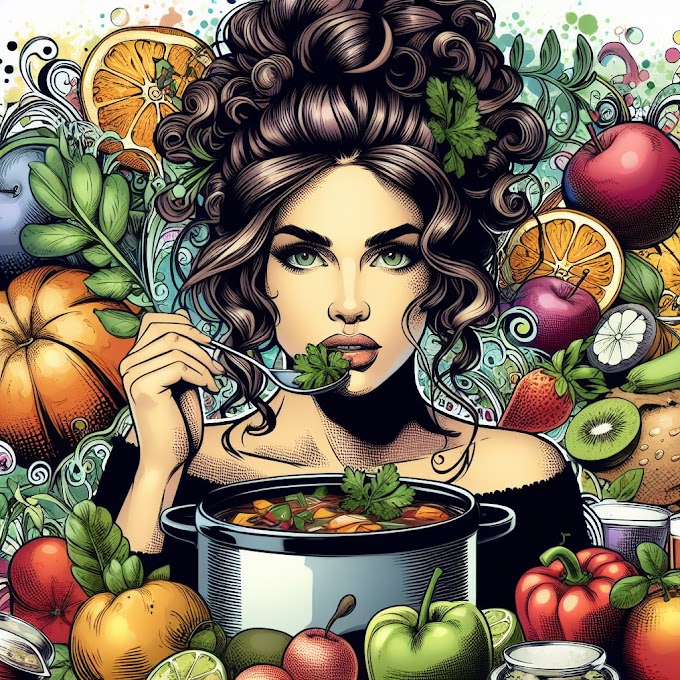Wonton Wrappers vs. Rice Paper
Wonton wrappers and rice paper are both used in cooking but serve different purposes and have distinct characteristics:
Wonton Wrappers:
- Texture: Wonton wrappers are typically thin, dough-based wrappers that are slightly chewy when cooked.
- Usage: They are commonly used in Chinese cuisine for making dumplings (like wontons and potstickers) and fried appetizers (like egg rolls).
- Cooking Methods: Wonton wrappers are often boiled, steamed, or fried to achieve different textures and flavors.
- Ingredients: Wonton wrappers are made from wheat flour, water, and sometimes eggs, resulting in a doughy texture after cooking.
Rice Paper:
- Texture: Rice paper is thin, translucent, and brittle when dry but becomes soft and pliable when moistened.
- Usage: It is commonly used in Vietnamese cuisine for making fresh spring rolls (summer rolls) and sometimes in other Southeast Asian dishes.
- Cooking Methods: Rice paper is not typically cooked; instead, it is soaked briefly in water to soften before rolling with fresh ingredients.
- Ingredients: Rice paper is made from rice flour, water, and salt, making it gluten-free and suitable for those with gluten intolerance.
Key Differences:
- Texture: Wonton wrappers are chewy and dough-like, while rice paper is thin, soft, and becomes almost gelatinous when moistened.
- Cooking Methods: Wonton wrappers are cooked through boiling, steaming, or frying, whereas rice paper is used fresh after soaking and doesn't require cooking.
- Cultural Usage: Wonton wrappers are common in Chinese cuisine, while rice paper is more prevalent in Vietnamese and other Southeast Asian cuisines.
Both wonton wrappers and rice paper offer versatility in creating different types of dishes, from crispy fried wontons to fresh and light spring rolls, catering to various culinary preferences and dietary needs.
















